
Whether we’re looking to add to our armoury or offload some of our old and no longer-needed gear, buying and selling golf equipment is something we all do.
In this article, we’ll look at what to look out for when getting involved in the second-hand market—whether that be buying or selling golf equipment.
Paul Snowden has been running Eagle Golf in Leeds since 1980. Here, they’ve always been in the business of re-selling used clubs alongside new ones—providing a brilliant opportunity to get your hands on some quality equipment at far more affordable prices.
We quizzed Paul on what things to be aware of when either looking to offload some old gear or, indeed, buying second-hand.
What should you be aware of when buying from a private seller?
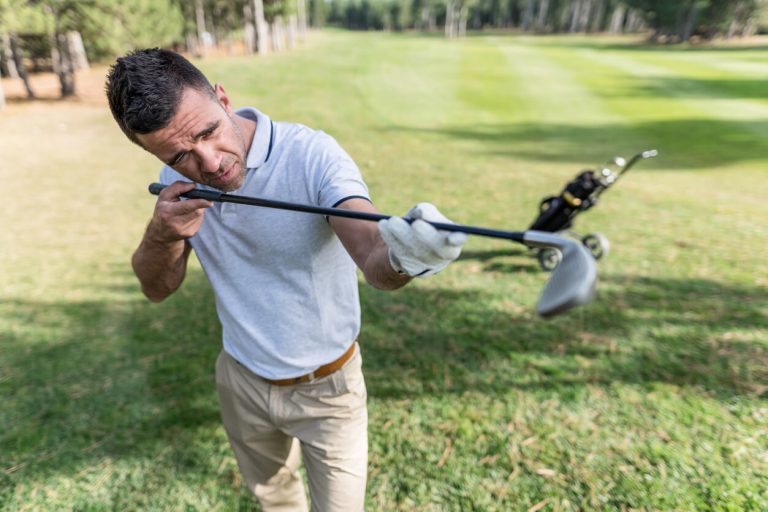
When it comes to golf clubs especially, look for things like bent shafts, and inspect them from a 90˚ angle both ways, checking for dents. Sometimes, there may also be a bend in the hosel, as clubs can be knocked about at the range.
Also, look out for shafts that might have been replaced, and that might not match your set. Many clubs will have been fitted for the previous owner, so check how they have been put together and ensure they work for you.
Rust spots don’t tend to affect anything from a performance point of view—that’s more cosmetic.
What won’t you buy in?
Pretty much anything that we can re-sell, we will buy in.
There won’t be much interest in odd irons or cheap package deals as they’re mostly alloy metals, so we wouldn’t buy them. We also have to be wary of fakes. For example, the Scotty Cameron putters are worth a lot, so people often make copies.
However, there are fewer fakes about than there used to be. The more recent models have a serial number on the shaft, near the grip—which helps you identify genuine ones.
A lot of fakes can still be quite difficult to spot, though. I had someone in the shop a couple of years ago who had bought a set of clubs abroad for his wife. They weren’t expensive but certainly weren’t cheap either, and when you swung them, a couple of the irons were ridiculously heavy—so we could tell they were fakes.
Sometimes, the difference between a genuine club and a fake can be very subtle.
What are the benefits of buying golf gear from an established business?
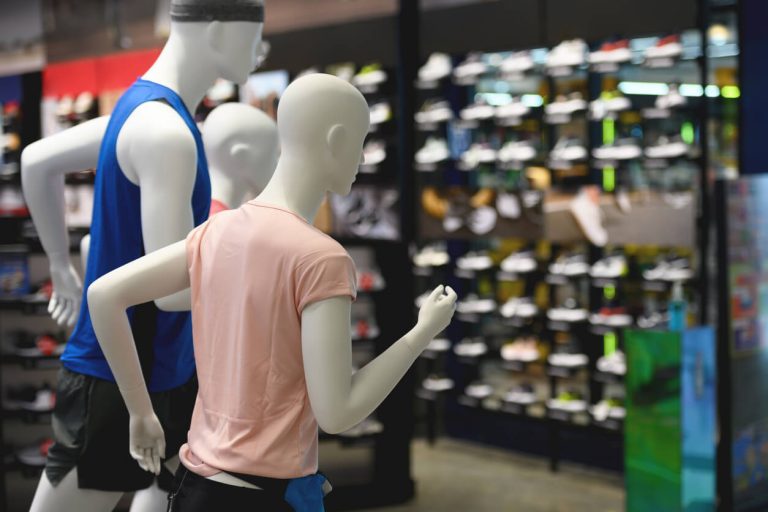
You’re always taking a chance if you’re buying equipment from an individual. But if you’re buying from an established retailer, they’ll have vetted everything closely.
With us, you have to buy the product before taking it away, but you get a 14-day exchange period, so if you don’t like it, you can exchange it.
We’ll also advise you and fit you for second-hand clubs so you can save quite a bit of money on a new set. Technology moves on but in reality, a lot of equipment that was produced 5-10 years ago will have very little difference to what’s being produced today. One thing that has changed, though, is lofts, which have got stronger.
My biggest piece of advice if you’re buying second-hand clubs is to do so from somewhere you can actually try them out.
What types of savings might we expect from buying second-hand gear?
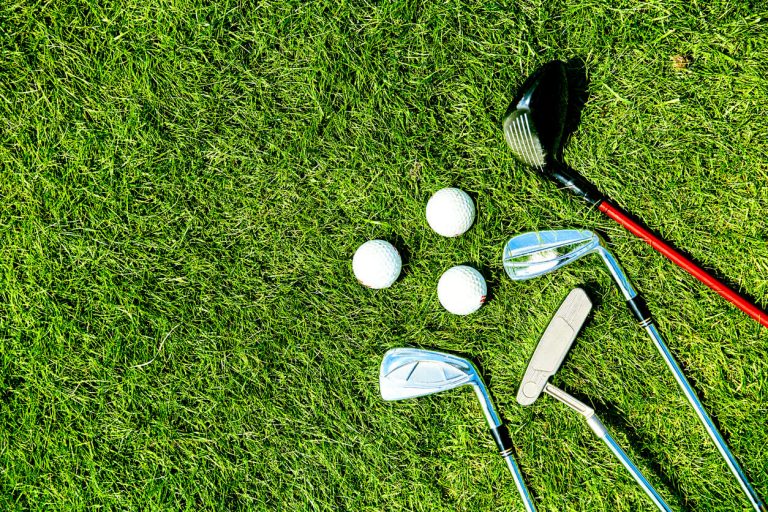
If you’re looking at a previous driver model, you’re probably looking at savings between £100-150 for a club in good condition. So, you’ll still be getting a premium driver from a couple of years ago but for around half the price.
A fairway wood, for example, that was made 10 years ago will still perform well today, too. However, beware of buying at the end of a selling cycle for top-end clubs, as there are often even further price reductions of around 20-30% at the end to make way for new models.
The TaylorMade driver cycle is usually 12 months, while Ping is around 18-24 months.
How does part exchange work when buying and selling golf equipment?
This varies. What we do is work out what we can sell a club for depending on its condition. If a driver is worth £300 in the shop, we might give you £300 if you were spending £700 on top. If you were spending £300 in the shop, we might give you £200-225. Customers can spend any money they get from clubs on whatever they like with us.
Are more people buying second-hand now?
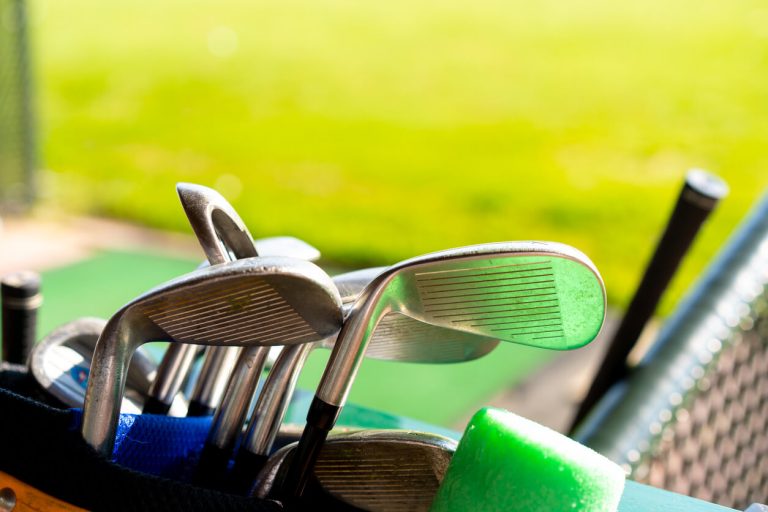
I’d say we probably sell more second-hand clubs than brand-new ones. The price of irons has changed significantly in the last couple of years, and they’ve become very expensive.
Currently, it’s probably about 75-25% in favour of second-hand purchases, but that’s our business model. People often think that buying second-hand gear just means taking a club away, and that’s it—but we can provide proper feedback on how a club is performing for them. We can measure the clubhead speed and do a static club fitting with irons to determine what lie and shaft length customers need.
Are second-hand clubs more suitable for beginners and high handicappers?
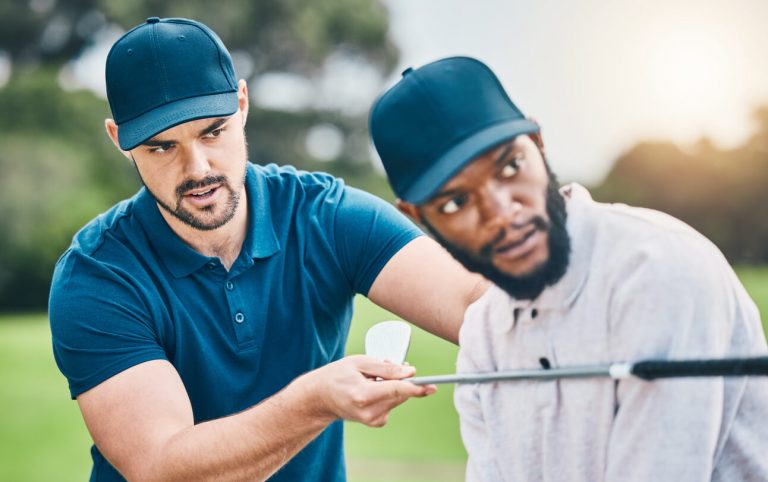
You could go to a great fitting centre and, of course, that’s the best way to do it if you have the money, but you can also get lucky and find a set of second-hand clubs that are suited to you (or are even better) elsewhere.
Every club has different characteristics, but if you’re just starting out, it’s a good idea to buy some top branded ones—a set of irons from 10 years ago might cost £100-150, and you know that the quality will still be there.
For more, visit www.eaglegolfleeds.co.uk
Specialist golf insurance with Golf Care
Whether you’re buying or indeed selling golf equipment, you may want to make sure the gear you use is protected with specialist golf insurance before your next round.
With Golf Care, policies include Equipment Cover up to £7,500 and Public Liability up to £10m so you can play with peace of mind.
Find out more on our website and get a quote.
Get a quick quote for Golf Insurance
Get A Quote